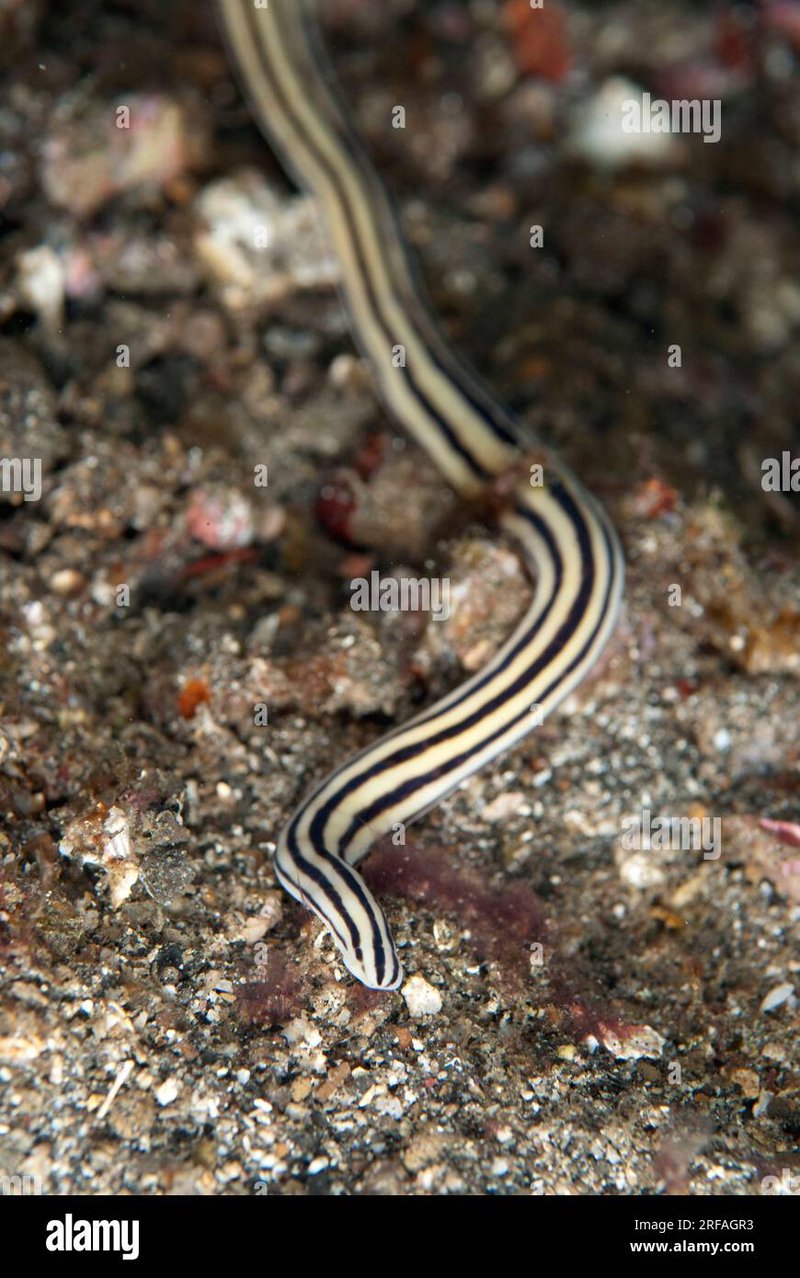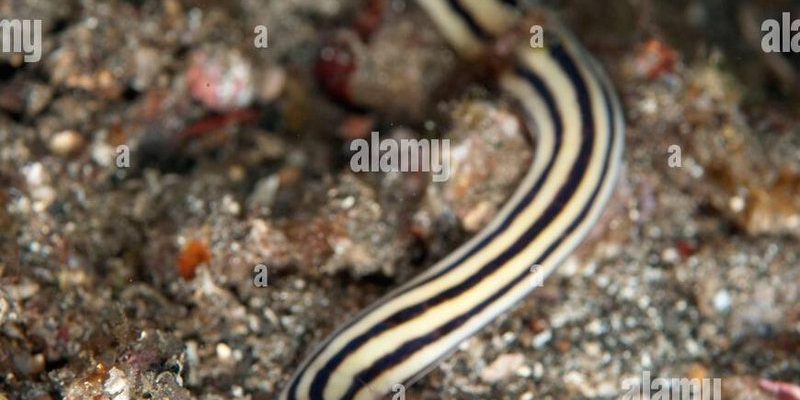
Ribbon worms, known scientifically as *Nemertea*, are intriguing for several reasons. They have unique feeding behaviors and exhibit a variety of habitats, from tidal pools to deep-sea environments. Using ribbon worms in marine education programs can spark curiosity in students and help them better understand the complexity of marine life. So, let’s dive deeper into why these worms are worth including in marine education.
The Role of Ribbon Worms in Marine Ecosystems
You might be wondering what makes ribbon worms so special. For starters, these creatures are amazing predators. They have a unique way of capturing their prey, using a specialized structure called a proboscis. This elongated, tube-like feature can shoot out to snag small fish, larvae, or other marine creatures. Picture it like a super-spring-loaded tongue! This feeding method not only highlights their role as predators but also showcases a fascinating evolutionary adaptation.
Ribbon worms also play a crucial role in the food web. They eat small organisms and, in turn, become prey for larger animals like fish and seabirds. By teaching students about these interactions in marine education programs, educators can illustrate the importance of biodiversity. The ocean is like a giant web, and every thread matters. Understanding how ribbon worms fit into this web can lead to a deeper appreciation of marine habitats.
Additionally, ribbon worms help scientists monitor environmental changes. Their presence and health can indicate the overall condition of marine ecosystems. If you think about it, they’re like little environmental monitors, giving us snapshots of ocean health. Educating students about these relationships fosters a sense of stewardship for our oceans, encouraging them to care about marine conservation.
Why Include Ribbon Worms in Marine Education Programs?
Now, you might be asking, why should ribbon worms be part of marine education? The answer lies in their uniqueness and the discussions they inspire. Introducing students to these creatures opens up avenues for exploration and inquiry. When they explore the role of ribbon worms in ecosystems, they start to question broader topics: What other creatures play crucial roles in their environments? How do these interactions affect the ocean’s health?
Incorporating ribbon worms into lessons can also foster critical thinking. For example, if students learn about how pollution affects ribbon worms, they can explore the larger impacts of human activity on marine life. This leads to discussions about sustainability, conservation efforts, and actions we can take to protect our oceans.
Moreover, hands-on activities involving ribbon worms can make marine education more engaging. Imagine a field trip where students collect samples from tidal pools, observing ribbon worms in their natural habitat. It’s an exciting way to learn about marine biology while also promoting teamwork and hands-on skills. These experiences create lasting memories, helping students connect to marine life in a personal way.
Hands-On Activities with Ribbon Worms
So, how can educators incorporate ribbon worms into their programs? There are several engaging hands-on activities that can make learning both fun and informative. One such activity is the “Ribbon Worm Exploration” where students can carefully collect samples and observe these creatures in a controlled environment. This allows them to witness the anatomy and behavior of ribbon worms up close. It’s like having a mini aquarium in the classroom!
Another idea is to create a food web diagram using ribbon worms as a central element. Students can investigate what ribbon worms eat and what eats them, visually constructing the relationships that exist in marine ecosystems. This activity not only reinforces their learning but also enhances their understanding of ecology through visualization.
You could also encourage students to explore the adaptations of ribbon worms. By comparing them to other marine organisms, students can learn about evolution and natural selection. Activity ideas could include creating models of ribbon worms or developing a presentation on their feeding habits and habitats. This kind of project-based learning can deepen their knowledge and understanding.
Challenges in Working with Ribbon Worms
While ribbon worms offer numerous educational opportunities, there are challenges to consider. One major hurdle is that they can be delicate and sensitive to environmental changes. When collecting specimens, it’s crucial to handle them carefully and return them to their natural habitats after observation. This teaches students the importance of ethical practices in science and conservation.
Furthermore, resources for studying ribbon worms might not be as readily available as for other marine species. Educators may have to get creative when sourcing materials, whether that means reaching out to local aquariums, marine research centers, or even online databases. Collaborating with marine biologists can also enhance the learning experience, providing expert insights and potentially even live specimens for study.
Lastly, while engaging students with ribbon worms, it’s important to maintain enthusiasm and curiosity. Some students might initially find the topic unexciting, so creative teaching methods are key. Incorporating technology, such as videos or interactive apps, can help bridge that gap and make learning about ribbon worms an exciting adventure.
The Future of Marine Education with Ribbon Worms
As we look to the future, incorporating ribbon worms into marine education programs seems more promising than ever. These creatures can act as gateways for students to explore larger themes in marine biology, ecology, and environmental science. By embracing a diverse range of marine organisms, educators can create a more holistic view of our oceans.
Moreover, with rising concerns about ocean health, teaching students about all aspects of marine life, including ribbon worms, can build a generation of informed advocates for marine conservation. Students who understand the intricacies of ecosystems are more likely to care about preserving them. It’s about creating connections that lead to action.
Lastly, as research on ribbon worms continues to evolve, so too will the educational strategies surrounding them. This adaptability ensures that marine education programs can remain relevant and impactful, truly preparing students to be the caretakers of our oceans.
In conclusion, ribbon worms may not be the first creatures you think of when considering marine education, but their role in ecosystems, hands-on learning opportunities, and potential for inspiring future conservationists make them a valuable addition. By unlocking the secrets of these fascinating worms, educators can help students gain a deeper appreciation for the marine world, ultimately fostering a love for our oceans that lasts a lifetime.

